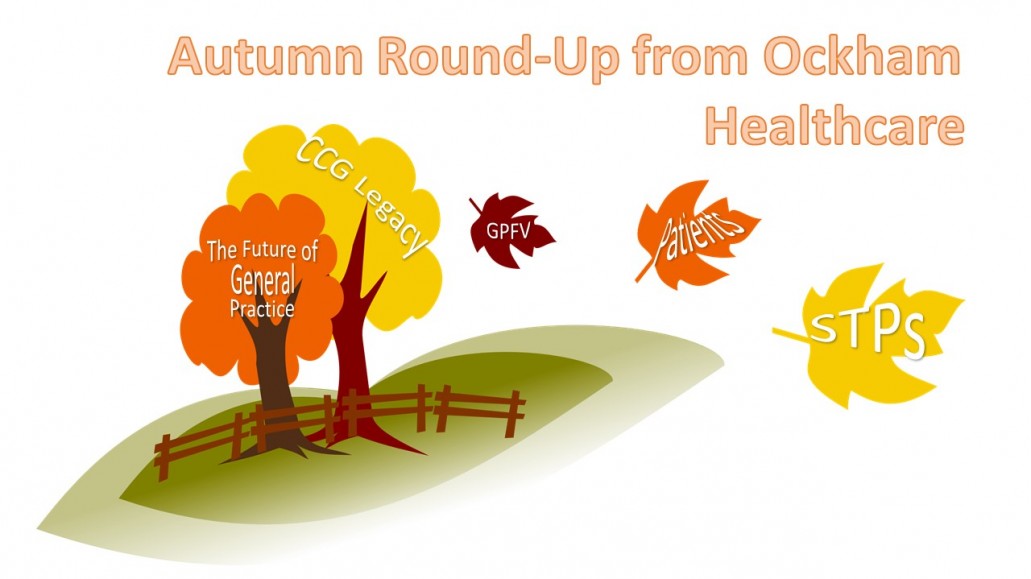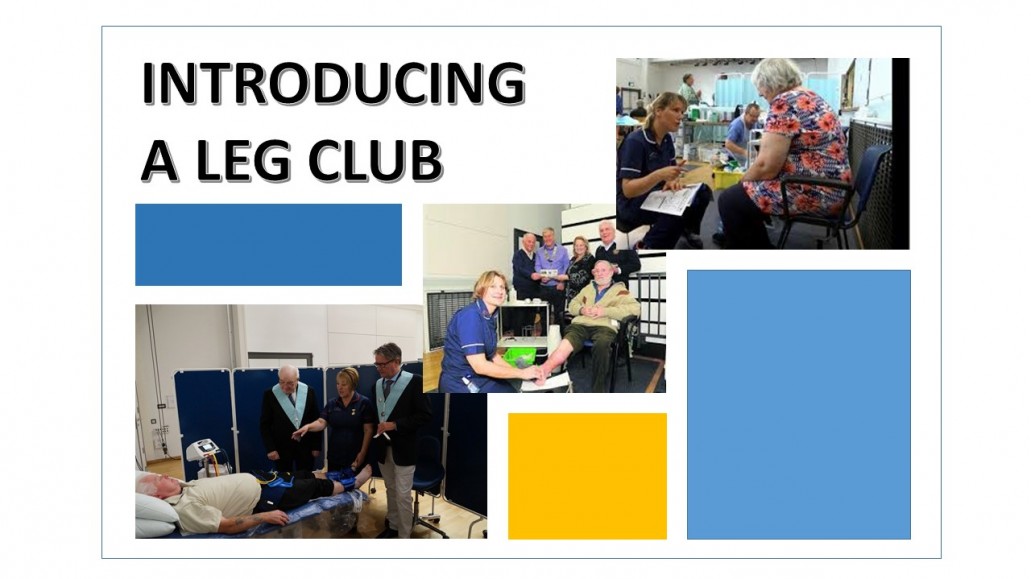Just before Christmas NHS England published a draft of the proposed new MCP contract, along with a set of supporting documentation (15 documents in all). In this latest Blog Ben Gowland considers the implications of these documents, and what it all means for general practice.
First, it is important to clarify this is not a new GP contract. The documentation clarifies it thus, “The (MCP) contract itself is not a contract with GP practices. GP participation with the MCP would be underpinned though an alliance agreement or the integration agreement in addition to the existing GMS/PMS/APMS contract, or through moving directly to work as employees for, or sub-contractors to, and MCP”. We will come to “alliance” and “integration” agreements shortly, but for now all talk of a “new GP contract” is misleading, because that is not what this is. Rather it is a contract with a new entity, an “MCP”.
So what is an MCP? It is a new provider, that brings together (“integrates”) existing providers. The range of these providers can vary, but it can include general practice, community trusts, social care, public health and specialised services. There are three different levels of “integration”, and the greater the integration, the greater the loss of independence for the participating organisations, and the greater the autonomy for the new MCP organisation. Along this spectrum there is a virtual MCP, a partially integrated MCP, and a fully integrated MCP. I will explore each of these in more detail below.
Virtual MCP. In this model no new organisation is actually formed and an MCP is not actually created. The existing contracts between commissioners and individual providers remain. The key difference is that an “alliance agreement” is put in place between the providers (including with the GP practices). The aim of this agreement is to “establish an improved financial, governance and contractual framework for the delivery of services”. There is a legal framework for the agreement supplied in the documentation (over 30 pages long), and it contains more specific actions than simply agreeing working together is a good idea. The more interesting things to note about it are: 1) the responsibility for establishing the alliance agreement in the first place lies with the providers wanting to create the virtual MCP; 2) an “alliance leadership team” is required, with representatives from all of the participating organisations that will make decisions in relation to the alliance; and 3) it can allow for GP practice participation in any local gain/loss mechanisms agreed for activity outside of the MCP (i.e. with the acute trust).
So while an MCP is not really created, the alliance agreement is still potentially powerful, as it creates a mechanism for collective decision making binding upon the members of the alliance, and as such represents the first step away from independence for participating GP practices. Equally it enables GP practices to positively benefit from gains made by the different organisations working together.
Partially Integrated MCP. In this model the contracts of the providers, with the exception of primary medical services, are brought together. So this time a new organisation, an MCP, is actually created, but separate contracts are held with general practice.
But it is not quite as simple as that. It is only the core contracts that are held separately from the MCP. The MCP contract requires it to ensure that its services and GMS/PMS are operationally integrated, to deliver seamless care for patients. Non-core income is clearly a mechanism to enable this, a point which is addressed thus, “We recognise that some GPs are concerned about the potential to lose non-core income and whether local enhanced services would be included in the MCP contract scope to ensure that their delivery is managed in an integrated way with other MCP services. If they are, local agreements could well see GPs delivering these, or additional services, as sub-contractors to the MCP. Local discussion will need to take account of these issues as GP participation in the model is agreed, including the maintenance of appropriate practice income”. So where there is a partially integrated MCP, practices will get core income from their existing commissioner (CCG or NHS England depending on level of delegation), and non-core income as a sub-contractor of the MCP.
Other financial impacts on practices are that practices can be offered an alternative to QOF to align practice incentives with that of the MCP. There may also be the opportunity to participate in the gain/loss share arrangements the MCP develops, which are essentially for levels of acute activity. Noteworthy here is that at one point the guidance states, “GPs in some areas are exploring the possibility of agreeing a gain-only agreement with the MCP”.
In this partially integrated model there is what it is described as an “integration agreement” between all the providers who are coming together to form the MCP, including the GP practices who are receiving core services via a separate contract. This is a much more directive document than the alliance agreement in the virtual model. This is because the document exists to ensure there is sufficient involvement of primary care, and what it does is create a framework for shared governance and decision making with the practices, and sets out the primary care contribution to the MCP model. A template integration agreement is included in the set of documents, and it contains elements such as, “all share in the savings generated by reduction in acute activity”, “GPs work towards reducing variation and unnecessary admissions (where appropriate) by agreeing a common set of protocols with the MCP”, “practices will make their booking system accessible to the MCP under local agreed protocols”, and “GPs will work with the MCP to achieve local primary access requirements”.
The partially integrated model therefore marks a further step away from the level of independence practices currently enjoy. The agreement is governed by an “integration leadership team”, on which all participating practices are represented, but which can decide and monitor how integration takes place. And again, “it will be for the MCP contract bidder to demonstrate that agreement has been reached with local practices on the Integration Agreement”.
Fully Integrated MCP. The third and most radical model is a new MCP organisation that includes core general practice, either via termination or a suspension of the current contracts. Immediately the whole ‘right to return’ question for existing GMS/PMS contracts raises its head, and this is dealt with in the document. Practices can reactivate their contracts either at expiry or termination of the MCP contract (which will be 10-15 years in length), or at regular two year intervals throughout its lifetime. The only sting in the tail is that, “A GP considering a return to GMS/PMS will need to articulate how the care the patient will receive from the new practice will compare to the care provided by the MCP”.
GPs and practice staff become salaried employees of the new MCP organisation, the terms of which they must negotiate directly with those leading the new MCP. They will receive rent for their premises via the funding that is first transferred to the MCP, and it will be up to the GPs to agree with the MCP the terms on which these payments will be passed on. The guidance states, “For GPs there may be an option to explore the sale of their premises to the MCP on mutually acceptable terms, though we would expect this to only take place in limited circumstances where there was clear value for money”. And in the fully integrated model indemnity cover for GPs and practice staff will be paid for by the MCP as the employing organisation.
A point to note on the fully integrated model is that the draft contract is based on APMS conditions. This means practices who choose to join will be giving up their existing GMS/PMS conditions and in the new model will be bound by APMS conditions. While you can argue it is the new MCP provider that is technically bound by these terms, the reality is that the expectations of provision of services of the GPs within the new organisation will be the delivery of what is in effect an APMS contract. Now the documentation does have a side note, stating, “In due course all such provisions will be amended to reflect or refer to the appropriate provisions of forthcoming Directions specific to MCP/PACS contracts”. I suspect the development of these terms may be a critical factor in the attractiveness or otherwise of the model, and a process GPs will very much want the GPC to be part of. As this process unfolds it will be interesting to see the extent to which the development of the fully integrated model actually represents a move away from a nationally negotiated GP contract.
So the fully integrated option means the end of independent general practice as we know it. While, as one of the documents states, “some GPs will prefer to move to the MCP as employees to improve their work life balance”, others are undoubtedly going to need some significant persuading.
Even those most evangelical about MCPs recognise the engagement of general practice is both critical and yet at the same time difficult to secure. A dedicated document is included on GP participation in an MCP. It comes up with the following reasons as to why GPs should consider it:
- It can give GPs a more manageable and rewarding workload
- It provides a contractual framework to share work between practices
- It creates wider development opportunities for GPs that enable greater job satisfaction, including the opportunity to influence the wider system
- It gives GPs greater influence over financial and staff resources, and over community services, and allows resources to be put where they are most needed
- It gives access to a broader, more in-depth range of services in primary care settings
- It will enable multidisciplinary team working that reduces handoffs for general practice
- It has the potential to increase recruitment and improve retention for general practice by providing a structure for a larger primary care team
But with the promises of what the formation of CCGs could offer practices still ringing hollow in the ears of many GPs, and a commitment for much of this to happen anyway through the GPFV, none of this strikes me as overly convincing. It is either going to have provide a way out for practices who have had enough, or a route to really channelling additional resources into general practice if take up at any sort of significant scale is going to happen.
One route that would potentially give GPs more confidence this is going to happen is if the MCP organisation itself is owned by the GPs. This is referenced as an option, as a company limited by shares or a limited liability partnership. But new MCPs will need capital for start-up costs to deliver the infrastructure, working capital to pay salaries etc ahead of receipt of revenues, and contingency reserves. In the cash-strapped environment of the NHS it seems highly unlikely that many, if any, GP-owned models will emerge, as the incentives to put up this type of capital do not seem strong enough. Much more likely is that an existing NHS organisation will own or host the new MCP organisations. At best, we might see joint ventures between GP and NHS organisations.
The documentation refers on a number of occasions to “mixed economies”, where different practices from the same area choose different levels of sign up to the local MCP model, in particular with some choosing the partially integrated relationship and others the fully integrated. Where this happens it will be interesting to see the impact it has on the power of the voice of general practice, and whether it will be diminished. Even where local practices want to move together, it is not hard to envisage a situation where any failing practices or ones that return their list are “fully integrated” by commissioners at the earliest opportunity, meaning mixed economies are created anyway. Once the wheels are in motion, they may become difficult to stop.
GPs, then, will be considering the potential benefits on offer, and deciding whether the MCP route, with its associated costs to independence and the glimpse these documents provide to a future weighed down under the burden of NHS bureaucracy, is the best one for delivering them. Whilst there has been a growing disillusionment with independent practitioner status in recent years, support for it remains at well over 50%. My sense is the energy behind the primary care home movement, and the current shift towards collaboration and federation of practices, may represent not a step towards MCPs, but the creation of a more acceptable alternative to it, one that enables practices to build system relationships, take on new roles, change the way they manage demand, but at the same time maintain control over their own destiny.
Next week Ben will look at the implications of the new contract for CCGs




